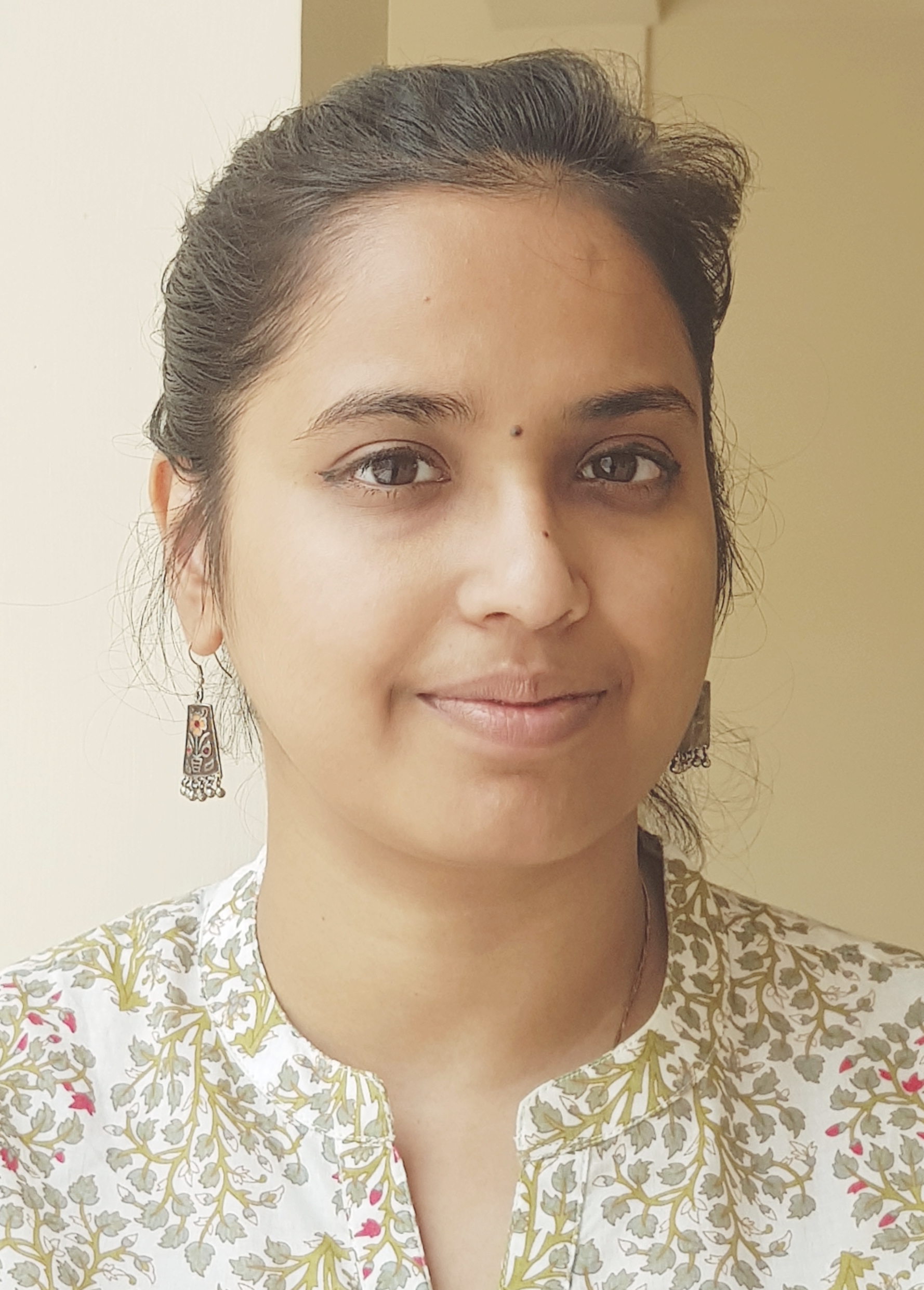GP Short Notes # 334, 15 April 2020
 Aparupa Bhattacherjee
Aparupa Bhattacherjee
In the news
On 8 April, seven civilians were killed and nine injured in Paletwa Township of the Chin state, due to airstrike by Tatmadaw. This was due to ongoing conflict between the Myanmar military and the Arakan Army (AA) in the Chin and Rakhine States. The ongoing violence has also led to the burning of several homes and rice mills in these villages.
Issues at large
The internal conflict in Chin and Rakhine States will be detrimental to Myanmar's fights against the COVID-19. Myanmar has confirmed its first case of COVID-19 on 24 March, amid growing scepticism on its previous claim of no cases being reported. Currently, there are 74 affected and four deaths; however, there are complains that the test conducted is low and inadequate.
In the face of the pandemic, other armed groups have shifted their focus away from the fighting. Groups such as the Restoration Council of Shan State (RCSS), the National Democratic Alliance Army-Eastern Shan State (NDAA) and the Kachin Independence Army have taken up the role of monitoring, disseminating information and conducting temperature checks in their areas and doing the maximum with their limited funding. In the Wa region, the armed group has banned its wildlife market and closed its border with China. These groups seem to have decided to fight the pandemic as their common enemy rather than continuing their conflict with the Tatmadaw.
The above is not the case in Chin and Rakhine States where the clashes have continued. AA, an ethnic Rakhine Buddhist rebel group was formed in 2009 and was initially operating from the Kachin state. They were trained and heavily supported by the Kachin Independence Army. The conflict started since their shift to Rakhine in 2018. The reason for this strife lies in the historical notion of the superiority of Arakan Kingdom and the failure of Aung San Suu Kyi's leadership. The selection of Barmar party leader from the Rakhine State and the erecting of statues of her father Aung San flared the conflict. This led to thousands of deaths and displacements in Chin and Rakhine State. The two-year-old fight between the Tatmadaw and the AA in Chin State and the northern Rakhine State has cost several lives and displaced many.
In perspective
First, the continuation of violence will pose a bigger problem in fighting the pandemic. Adhering to the necessary precautions like social distancing and hygiene is difficult. In Paletwa, there are around 45 people, of which several returnees from China, Singapore, and Qatar, are home quarantined. In case any of them test positive, or there is an outbreak in the area, it will be difficult to control the outbreak and treat the patients.
Second, the problem will worsen, as these states lack medical facilities to treat those who are injured, adding to the number of fatalities. For example, the Paletwa public hospital lacks surgeons and blood banks for transfusion. Given this condition, it will be difficult for these hospitals to take care if there is a case of COVID-19. Even at the national level, there is a shortage of doctors and health facilitators. Additionally, the ongoing conflict has disrupted road connectivity. This will heavily deter any help from the rest of Myanmar.
Last, the active role of the armed groups in the rest of Myanmar and Tatmadaw's retaliatory attacks may escalate the ethnic communities' anger against the centre. This will not assist Suu Kyi and her party's return in the next tenure. Given the upcoming elections, it is high time the NLD and Suu Kyi take their role seriously and play a much more active role in these ethnic regions.